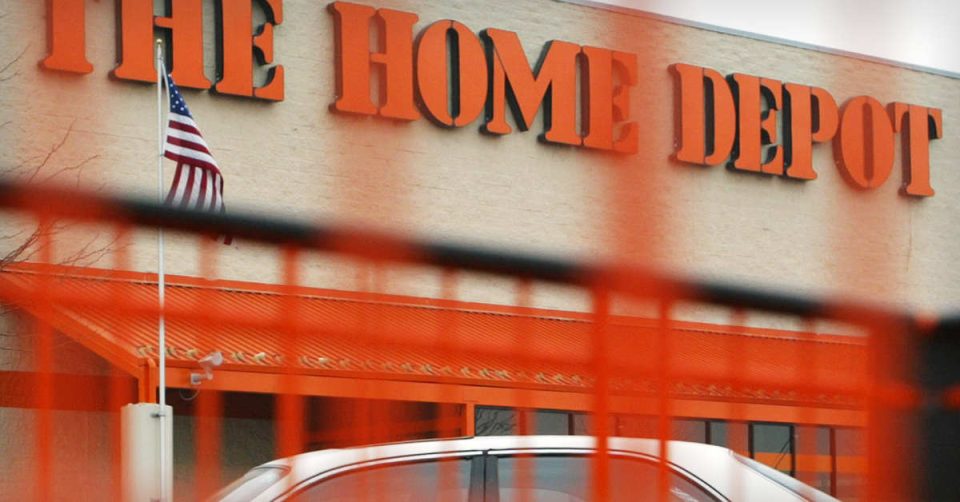Home Depot (NYSE: HD) is taking a different approach from many of its retail peers as tariffs continue to rattle the industry. Despite new and ongoing tariffs on imported goods, the home improvement giant says it will not raise prices for customers, setting itself apart from competitors like Walmart, which has already warned shoppers to expect higher prices in the weeks ahead.
Chief Financial Officer Richard McPhail explained the company’s position in a recent interview with CNBC. “Thanks to our size, the strong relationships we maintain with our suppliers, and the efficiency we continue to cultivate in our operations, we plan to generally keep our pricing stable across our offerings,” McPhail said12356. This decision comes at a time when many retailers are passing increased costs directly to consumers.
One key factor in Home Depot’s ability to absorb tariff-related costs is its sourcing strategy. More than half of the products sold in Home Depot stores are made in the United States, which insulates the company from the full brunt of tariffs on imported goods. Over the past several years, Home Depot has also worked with suppliers to diversify its import sources, reducing its reliance on China. McPhail noted that by this time next year, no single country outside the U.S. will account for more than 10% of the company’s purchases.
Home Depot’s approach stands in stark contrast to Walmart, which recently announced it would need to raise prices as soon as late May to offset increased costs from tariffs. Walmart CEO Doug McMillon cited the “magnitude of the tariffs” and the reality of narrow retail margins as reasons the company could not absorb all of the additional costs.
Other retailers and suppliers have taken similar steps. For example, Stanley Black & Decker raised prices on its power tools by high single digits in April, with more increases planned for later this year. Many companies have cited the 10% universal tariffs on all products entering the U.S., as well as a 30% levy on most goods from China, as the driving force behind these price hikes.
The ongoing trade conflict has not left Home Depot untouched. Consumer sentiment has dropped to near-record lows, with many Americans concerned that tariffs will reignite inflation and slow economic growth. This has contributed to a dip in foot traffic and a slowdown in large-scale renovation projects.
Home Depot’s latest quarterly results reflect these headwinds. The company reported a 9.4% increase in total sales to $39.9 billion, but comparable sales at U.S. stores open at least a year rose just 0.2%. Net earnings fell by $200 million to $3.4 billion compared to the same period last year. Despite these challenges, Home Depot reaffirmed its full-year sales projection, expecting total sales to rise by 2.8% and comparable sales to increase by about 1%.
While Home Depot has managed to avoid passing on most tariff costs so far, there are risks on the horizon. Lumber, a crucial part of Home Depot’s business, could soon face higher tariffs. About 30% of softwood lumber consumed in the U.S. is imported, mostly from Canada, and a tariff hike is expected. If these costs rise significantly, Home Depot may eventually face tougher choices.
For now, Home Depot’s scale, supplier relationships, and diversified sourcing have positioned it to keep prices steady, even as many competitors move in the opposite direction. By holding the line on prices, Home Depot is betting that stability and value will help it maintain customer loyalty in a turbulent retail environment.

